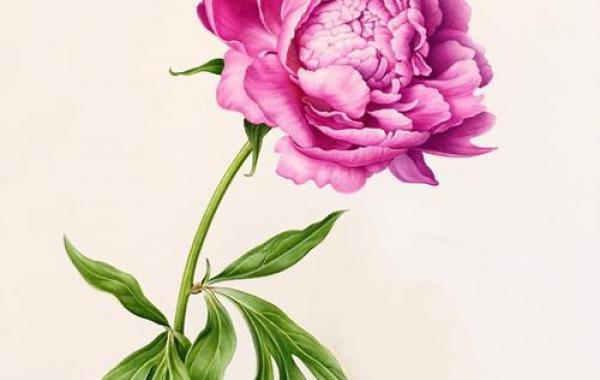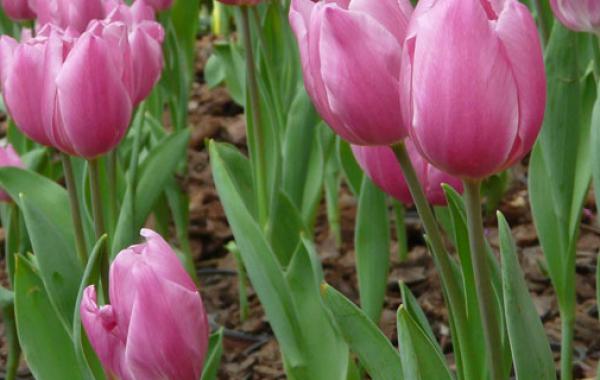Scientific knowledge of fertilizing flowers
There are many kinds of flowers and there are many ways of planting. For each different kind of flowers, appropriate fertilization methods should be used. Today, the editor will introduce you in detail how to fertilize the flowers in order to make the flowers more beautiful.
(1) timely fertilization. When it is found that the leaves of flowers become lighter and their growth slows down, fertilization is appropriate. Different fertilizers and different amounts are applied according to the different growth stages of flowers, for example, nitrogen fertilizer is mainly applied at the seedling stage, and thin fertilizer is applied frequently to promote the rapid and robust growth of the seedlings; after the seedling is formed, the fertilization concentration can be increased properly. and increase the application of phosphorus and potassium fertilizer.
(2) applying base fertilizer and topdressing fertilizer. The base fertilizer is mainly organic fertilizer, the supply of fertilizer is long-lasting and stable, and it can improve soil structure, physical and chemical properties and soil fertility. Topdressing is mainly chemical fertilizer, which has the characteristics of more nutrients, fast fertilizer effect and high intensity of fertilizer supply, which is a necessary supplement to base fertilizer.
(3) classified fertilization. Foliage flowers should apply more nitrogen fertilizer to make their leaves fresh and crisp green; flowers should apply more phosphorus and potassium fertilizer to make plants blossom and bear fruit early; bulb flowers should apply more potash fertilizer to enrich their bulbs.
(4) applying nitrogen, phosphorus and potassium fertilizer. For example, partial application of nitrogen fertilizer can easily cause excessive growth of branches and leaves, postpone flowering or not; partial application of phosphate fertilizer will inhibit the absorption of nitrogen and potassium, make plants grow poorly, and easily cause iron deficiency and zinc deficiency; partial application of potassium fertilizer will inhibit the vegetative growth of plants and occur magnesium deficiency.
(5) proper amount of soil cover after fertilization. Many people are used to applying fertilizer to the topsoil, which not only makes the fertilizer volatilize and loses, but also causes the root system, especially in hot and dry weather, to volatilize faster and cause more serious root damage. Therefore, an appropriate amount of soil should be covered after fertilization to prevent fertilizer loss and improve fertilizer efficiency.
(6) fertilization when the soil is wet. Fertilization during soil drought can easily cause physiological dehydration and withering of branches and leaves of flowers, and in serious cases, it will lead to plant death. On the contrary, fertilization in rainy days is easy to be washed away by Rain Water because of high soil water content and poor ability of fertilizer absorption and conservation, and it will cause plant branches and leaves to grow excessively.
(7) foliar fertilizer should be applied appropriately. During the vigorous growth period of plants or the lack of trace elements, foliar fertilizer can supplement the deficiency of nutrients absorbed by flower roots in time. However, foliar topdressing should strictly control the concentration to avoid leaves.
By understanding the fertilizer characteristics of flowers, we can be targeted, according to the characteristics of flowers to fertilize, so that flowers grow healthily.
Related
- What if the leaves of potted flowers turn yellow?
- Florescence Control of several Flowers
- Anti-freezing technology and post-freezing nursing technology of flowers
- What is the classification of flowers? What are the common methods of flower classification?
- Prevention and control of alkali and acid damage of flowers in courtyard
- Technology of Anti-freezing and restoring growth of Flower seedlings in greenhouse and greenhouse
- How does flower fertilization not hurt the root? Fertilization technology of flowers
- Key points of disinfection in flower greenhouse
- Several pesticides that are banned or used cautiously in flowers
- How to fertilize the flowers that watch the leaves?



